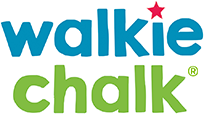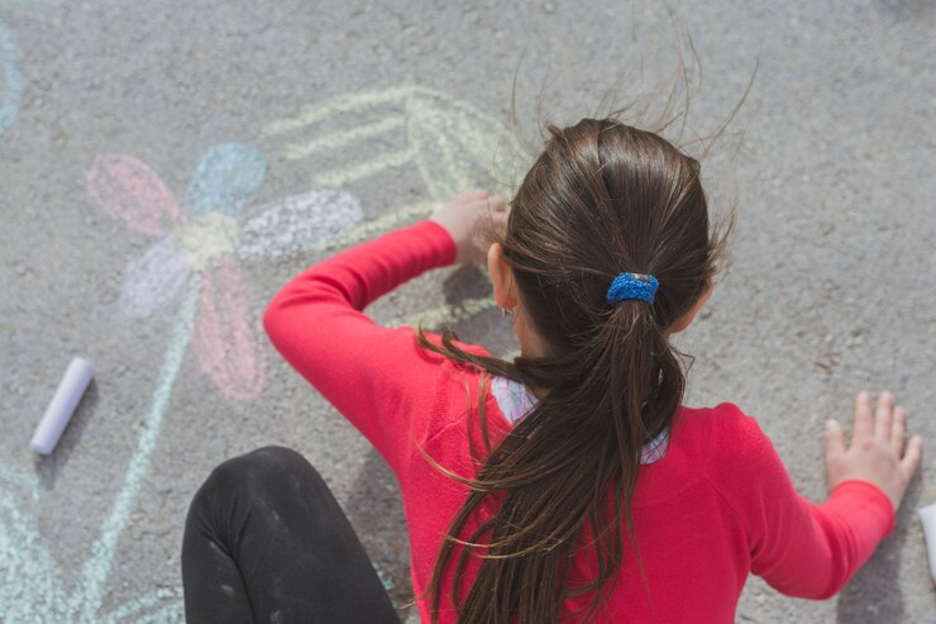(Thank you to our great friend, Lillian Brooks, for her blog post contribution. Enjoy!)
Summer doesn't have to be a three-month learning blackout. It's tempting to let your kids drift into full-on vacation mode with no schedule, no goals, and way too much screen time. But there’s a sweet spot—one where they can stay sharp, build new skills, and still feel like they’re getting a real break. If you're trying to find that balance between educational growth and just letting your kids be kids, you’ve got more options than you think.
Lean Into Their Curiosity
Kids ask questions constantly—about the sky, bugs, how the microwave works, why dogs tilt their heads. Summer’s the perfect time to lean into that curiosity instead of brushing it off. Try keeping a question journal and then choosing one or two to explore each week, either through books, videos, or a field trip to the library or museum. When you encourage their natural wonder, you’re helping them build research and reasoning skills without them even realizing they’re “learning.”
Use Sidewalk Chalk to Blend Learning and Play
Sidewalk chalk from Walkie Chalk isn’t just for hopscotch and doodles. It’s a sneaky and brilliant way to work learning into a playful afternoon outside. You can turn your driveway into a giant spelling board, number maze, or creative writing space—have your child create a short story by drawing it panel by panel like a comic strip. They’ll be using literacy, storytelling, and even fine motor skills, but all they’ll remember is that it was fun and colorful.
Make Reading a Ritual, Not a Requirement
If reading feels like a chore, kids will treat it like one. But if you turn it into something cozy, communal, and low-pressure, they’re far more likely to dive in willingly. Create a daily reading window where everyone in the house grabs a book and just hangs out, or build a blanket fort and have themed reading nights. The key is to model enjoyment—if you look like you’re having fun reading, they’ll want in on that magic too.
Create DIY Flashcards for Better Learning
Making your own flashcards gives you the freedom to tailor the content specifically to what your child needs help with, whether it's tricky math facts or science vocabulary. You can incorporate colors, images, or jokes that make the information stick, and the process of creating the cards together actually boosts memory retention. Once you’ve made them, save the flashcards as PDFs so they’re easy to pull up on a tablet, phone, or laptop whenever a learning moment pops up—click here for more info on converting and printing PDFs.
Let Boredom Do Some Work
You don’t need to schedule every second of their summer. In fact, a little boredom can go a long way. When kids aren’t constantly entertained, their brains start firing in new ways—they build worlds, make up games, dive into new hobbies. By resisting the urge to fill every gap with activities or screens, you’re giving them space to explore self-direction and creative problem-solving.
Build Mini Projects Around What They Love
Instead of dragging your child through a curriculum they don’t care about, build around their interests. If they love animals, create a mini summer project where they “adopt” a species, learn about its habitat, and make a shoebox diorama or fact book. For kids who are into sports, have them calculate stats or design their dream stadium. You’re still hitting educational goals—reading comprehension, math, critical thinking—but you’re doing it in a way that actually matters to them.
Go Local and Explore Hidden Learning Spots
Most towns have more educational opportunities than you might realize. Small science centers, community gardens, historical walking tours—these places are quiet gold mines for hands-on learning. Let your child help plan the outing: look it up, find directions, check opening hours, and make a list of questions to ask while you’re there. It puts them in the driver’s seat, and that ownership makes a difference in how they process what they experience.
Cook Together and Let Math Take the Lead
Cooking is underrated as an educational tool. It’s basically real-life math, science, and reading all rolled into one messy, delicious activity. Let your child help measure ingredients, set timers, and read recipes out loud. Then challenge them to double a recipe or convert teaspoons to tablespoons—it’s not just practical math, it’s math with a clear, rewarding outcome that they’ll want to eat afterward.
No one’s saying you need to run a summer school out of your living room. But keeping a few learning-based traditions in the mix—especially ones that your kids enjoy—means they won’t have to play catch-up when fall hits. More importantly, they’ll start seeing learning not as something confined to a classroom but as something that’s alive in their everyday world. When you get that part right, summer becomes more than a break—it becomes a launchpad.
Discover a new way to play with Walkie Chalk – the innovative sidewalk chalk holder that brings creativity to life for all ages! Join our mailing list for exclusive deals and updates!

